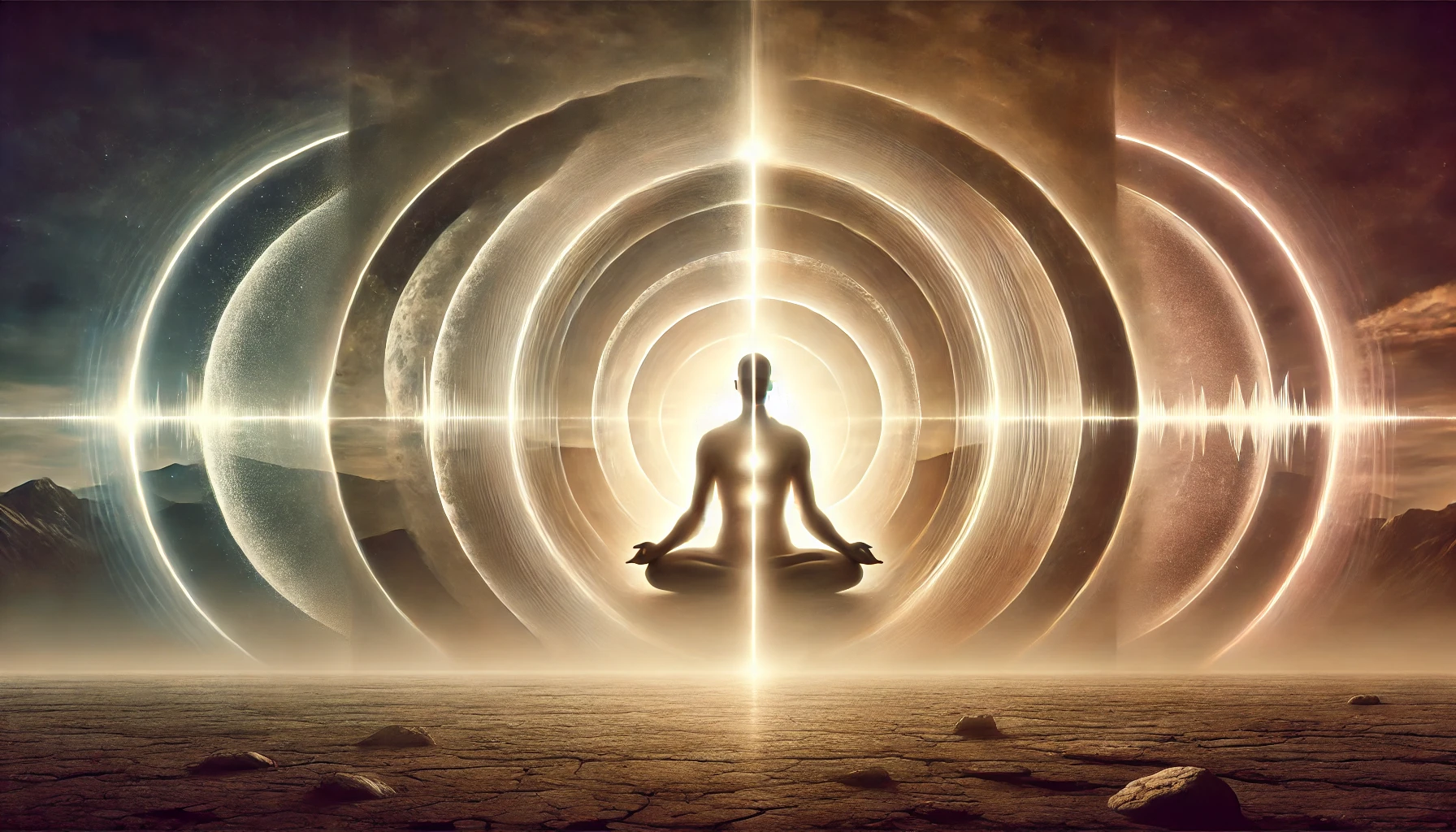
Yoga Sutra 1.17: Vitarka Vichara Ananda Asmita Rupa Anugamat Samprajnatah~ the Stages of Meditation
Introduction
Yoga Sutra 1.17 introduces the concept of Samprajnata Samadhi, or cognitive meditation, which involves four progressive stages of deep concentration. This verse, “Vitarka Vichara Ananda Asmita Rupa Anugamat Samprajnatah”, explains that through focused meditation, a practitioner experiences different levels of understanding, bliss, and self-awareness. Understanding this sutra helps practitioners develop a structured approach to deep meditation and self-realization.
The Meaning of Yoga Sutra 1.17
The Sanskrit phrase “Vitarka Vichara Ananda Asmita Rupa Anugamat Samprajnatah” can be broken down as follows:
- Vitarka (वितर्क) – “Deliberation or gross object awareness”
- Vichara (विचार) – “Reflection or subtle object awareness”
- Ananda (आनन्द) – “Bliss or deep joy”
- Asmita (अस्मिता) – “Pure self-awareness or ‘I-am’ consciousness”
- Rupa (रूप) – “Form or state”
- Anugamat (अनुगमत्) – “Accompanied by”
- Samprajnatah (संप्रज्ञातः) – “Cognitive or conceptual absorption (a deep meditative state)”
A widely accepted translation is: “Samprajnata Samadhi is the meditative absorption accompanied by deliberation, reflection, bliss, and self-awareness.”
This sutra describes the structured progression of meditation leading to higher states of awareness and understanding.
The Four Stages of Samprajnata Samadhi
Patanjali describes four stages of Samprajnata Samadhi (cognitive absorption):
1. Vitarka (Deliberation) – Focus on Gross Objects
In this stage, meditation begins with concentration on tangible objects, such as the breath, a mantra, or a deity. The mind is still engaged in reasoning and analysis.
Example: A meditator focuses on the sensation of the breath entering and leaving the body.
2. Vichara (Reflection) – Focus on Subtle Objects
The mind shifts from gross objects to subtler ideas, concepts, or formless aspects of reality. Logical reasoning starts to fade as deeper contemplation arises.
Example: The meditator moves from awareness of breath to contemplating the energy behind it.
3. Ananda (Bliss) – Experiencing Joy
At this stage, the mind becomes absorbed in an overwhelming sense of peace and bliss. Thought activity reduces significantly, and a deep sense of joy arises.
Example: The meditator experiences a state of happiness without external cause.
4. Asmita (Pure ‘I-Am’ Awareness) – Merging with the Self
The final stage is the awareness of pure existence, free from thoughts and emotions. The practitioner experiences a profound connection with their inner being.
Example: The meditator realizes their existence beyond name, identity, and body.
Why This Sutra Matters
Yoga Sutra 1.17 is significant because it provides a structured path to deep meditation and self-realization. By understanding the progressive nature of meditation, practitioners can deepen their awareness step by step rather than expecting instant enlightenment.
Key Takeaways:
- Samprajnata Samadhi is a structured form of deep meditation.
- The mind progresses through four stages: gross objects, subtle objects, bliss, and pure self-awareness.
- Each stage leads to deeper inner peace and self-realization.
How to Apply Sutra 1.17 in Daily Life
To cultivate progressive meditation and deeper awareness, practitioners can adopt the following habits:
1. Start with Object-Based Concentration (Vitarka)
- Focus on breath, a mantra, or a simple object.
- Train the mind to remain steady on one point of awareness.
- Observe thoughts without attachment.
2. Move Toward Subtle Contemplation (Vichara)
- Shift focus from physical to abstract concepts like love, energy, or existence.
- Question deeper truths: “Who am I? What is consciousness?”
- Let go of analytical thinking and experience direct awareness.
3. Embrace the Joy of Meditation (Ananda)
- Allow yourself to enjoy meditation without expectations.
- Notice how bliss arises naturally when thoughts subside.
- Experience moments of peace without external cause.
4. Develop Self-Awareness (Asmita)
- Reflect on the pure awareness behind thoughts and emotions.
- Recognize that your true self is beyond physical identity.
- Meditate in silence, surrendering to the experience of “I-Am.”
By integrating these principles, we develop deeper concentration, inner joy, and ultimate self-awareness.
Conclusion
Yoga Sutra 1.17 explains that meditation deepens through stages of focus, reflection, bliss, and pure awareness. By following this structured approach, we progress toward inner stillness and self-realization.
Embracing “Vitarka Vichara Ananda Asmita Rupa Anugamat Samprajnatah” as a guiding principle allows us to advance in meditation with patience, discipline, and awareness.
